Tracksoar is the smallest lightest open source APRS tracker available. It makes tracking weather balloons, model rockets, RC aircraft, and anything else that flies as easy as possible. It is able to report location, altitude, temperature pressure and humidity to the internet once a minute for twelve hours with 2xAA batteries. Because Tracksoar is open source you can also add your own modules to accommodate custom sensors to meet your specific requirements. No other APRS solution offers this level of integration, compact size, and customization.
All source files are available at: tracksoar.com
 sbhackerspace
sbhackerspace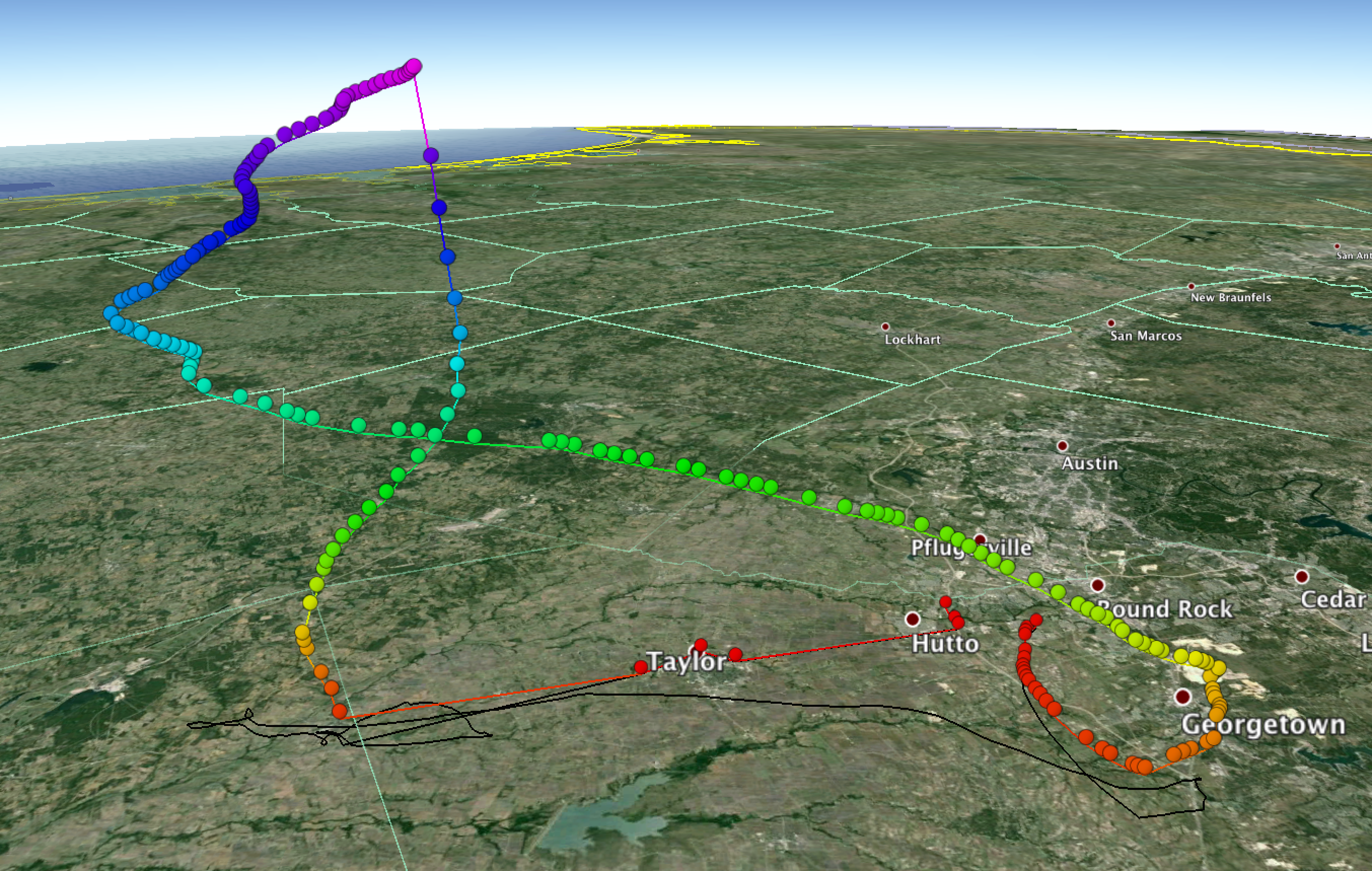
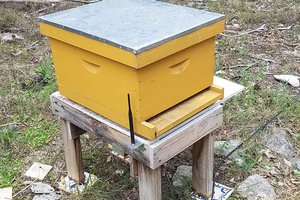
 sparks.ron
sparks.ron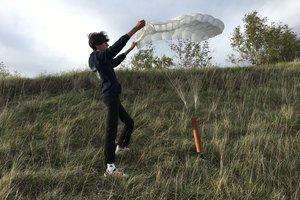
 Yohan Hadji
Yohan Hadji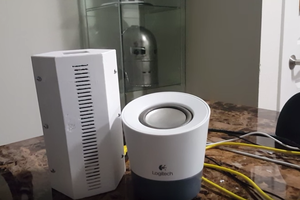
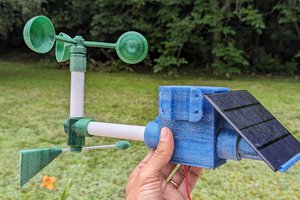
 JP Gleyzes
JP Gleyzes